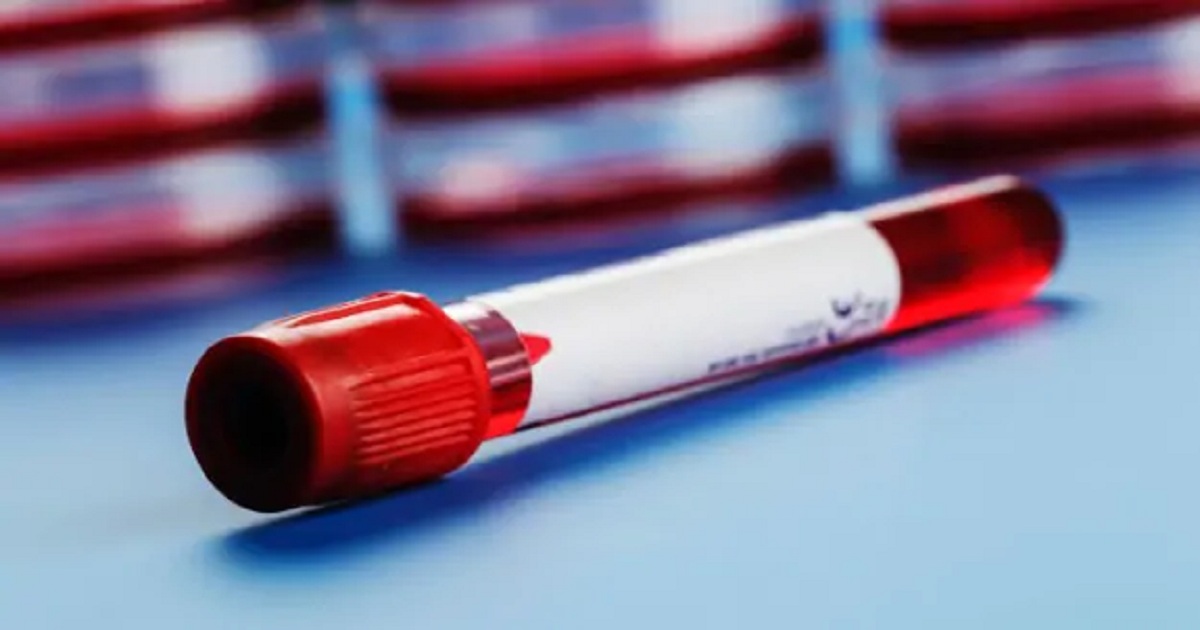Microfluidic Device Pulls Exosomes from Blood to Test for Cancer
Medgadget | February 27, 2019

Exosomes are tiny vesicles that seemingly all the cells in our bodies produce. Initially, exosomes were thought to be a way for cells to expunge built-up trash, but over the past decade or so scientists have discovered that they seem to play an important role in regulating a variety of biochemical processes. One thing that has been discovered is that neoplasms produce a lot more exosomes than healthy cells and that the exosomes can carry biomarkers pointing to the existence of the tumors. Filtering out exosomes from blood, because of their extremely small size, is not easy, but it’s a focus of a number of research institutions around the world (see flashbacks below). At the University of Kansas, scientists have now developed a microfluidic device that features nano-scale patterning, which is able to pull out exosomes from blood plasma and identify whether they carry a cancer biomarker. The nano-pattern within the device resembles a fish bone, and it’s produced via a self-assembly chemical process. The fishbone pattern selectively pushes exosomes right against an electronic chip, which senses the presence of the exosomes. This is a challenge, as any liquid will tend to encapsulate an exosome, preventing its direct contact with a surface. By leveraging the fishbone structure with a technique called mass transfer, the researchers were able to effectively pull any liquid away from the chip’s surface and allow exosomes to make direct contact with it.